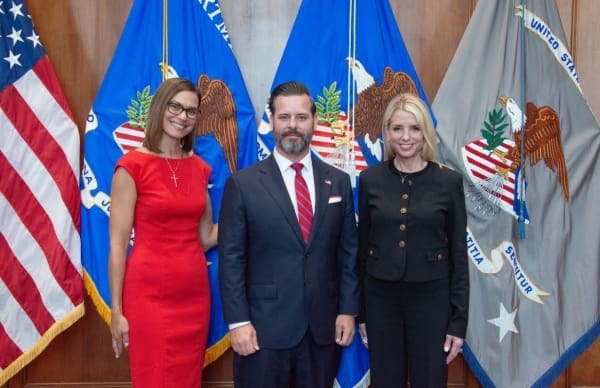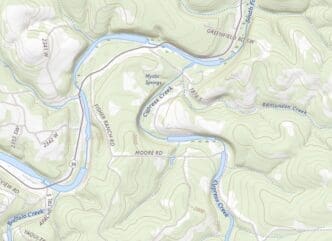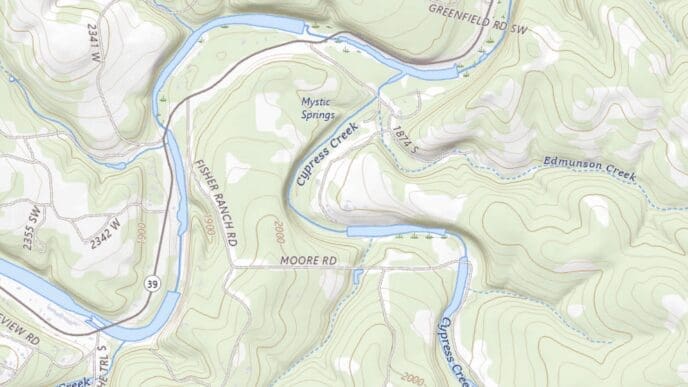The instrument enclosure for NASA’s Near-Earth Object Surveyor underwent vital environmental testing at the Space Environment Simulation Laboratory, located in the historic Chamber A of NASA’s Johnson Space Center in Houston, in December 2024. This 12-foot-long, angular structure, encased in silver thermal blanketing, was exposed to the frigid, airless conditions it will encounter in deep space. Chamber A is renowned for its role in testing the Apollo spacecraft that voyaged to the Moon in the 1960s and ’70s.
Crafted to safeguard the spacecraft’s infrared telescope, the instrument enclosure also plays a crucial role in dissipating heat during operations. Following the completion of these environmental tests, the enclosure was transported back to NASA’s Jet Propulsion Laboratory (JPL) in Southern California for further preparations. The next phase involves shipping it to the Space Dynamics Laboratory in Logan, Utah, where it will be integrated with the telescope. Both the instrument enclosure and the telescope were assembled at JPL.
NEO Surveyor stands as NASA’s inaugural space-based mission dedicated to planetary defense. It is specifically engineered to detect, measure, and analyze the most elusive asteroids and comets that could potentially threaten Earth. Although many near-Earth objects do not reflect much visible light, they shine brightly in infrared light due to the Sun’s heat. The telescope, with its nearly 20-inch aperture, is equipped with detectors sensitive to two infrared wavelengths, enabling it to capture the solar heat re-radiated by these near-Earth objects.
The Ripple Effect
- This mission enhances planetary defense by improving our ability to detect potential space threats, thus offering an added layer of security for Earth.
- Successful detection of hazardous objects can lead to timely measures to prevent possible collisions, safeguarding communities worldwide.
- The advancements in infrared technology used by NEO Surveyor may spur innovations in other fields, such as climate monitoring and space exploration.
- NASA’s investment in this project supports job creation and sustains employment within the aerospace sector, providing economic benefits.
- Communities near JPL in California and the Space Dynamics Laboratory in Utah may see increased economic activity from this mission.
- The mission contributes to scientific knowledge and public engagement, potentially inspiring future generations to pursue careers in science and technology.
- Insights from this mission could inform new protocols and policies for space exploration and planetary protection.
- The collaboration between different NASA centers highlights the importance of interdepartmental cooperation in tackling complex global challenges.
- The mission underscores the significance of continuous investment in space infrastructure to advance national and global scientific objectives.
- Public interest in space missions like the NEO Surveyor can increase awareness and understanding of space-related phenomena, fostering a more scientifically informed society.












